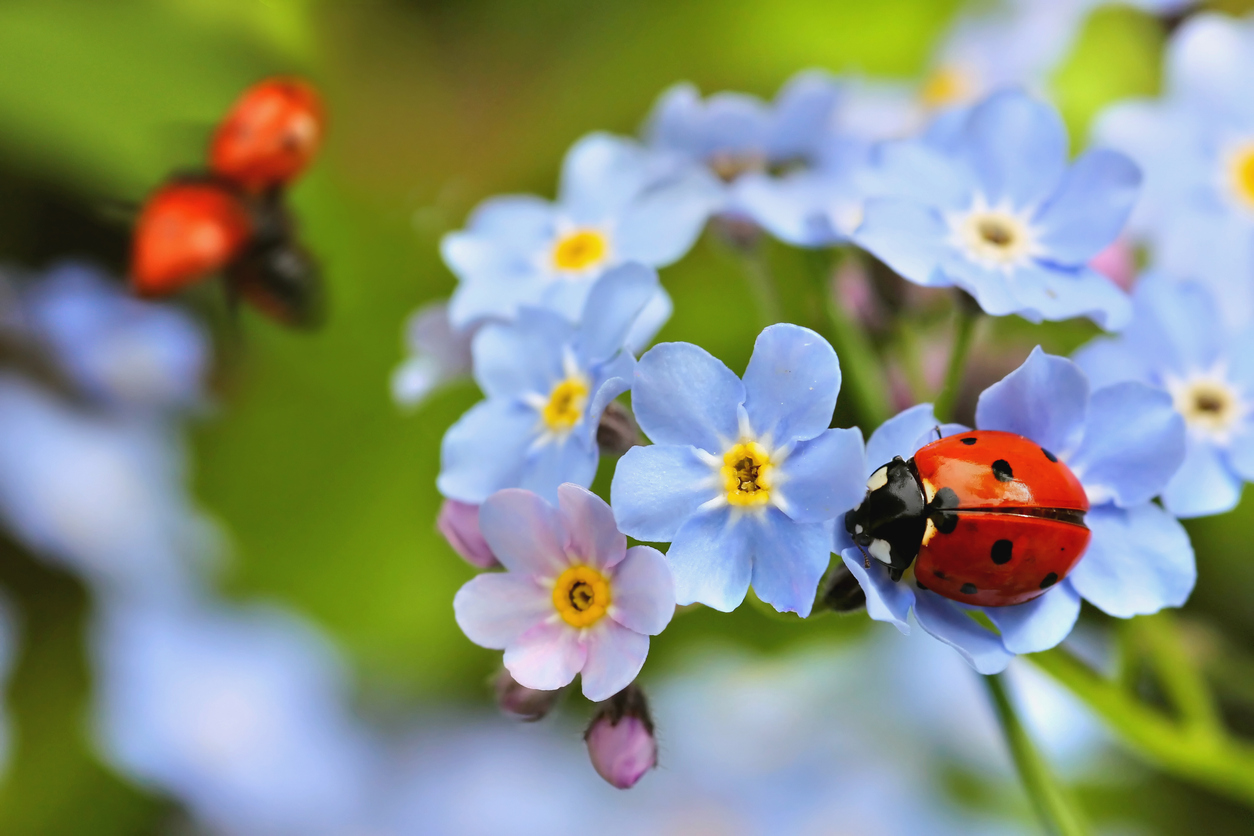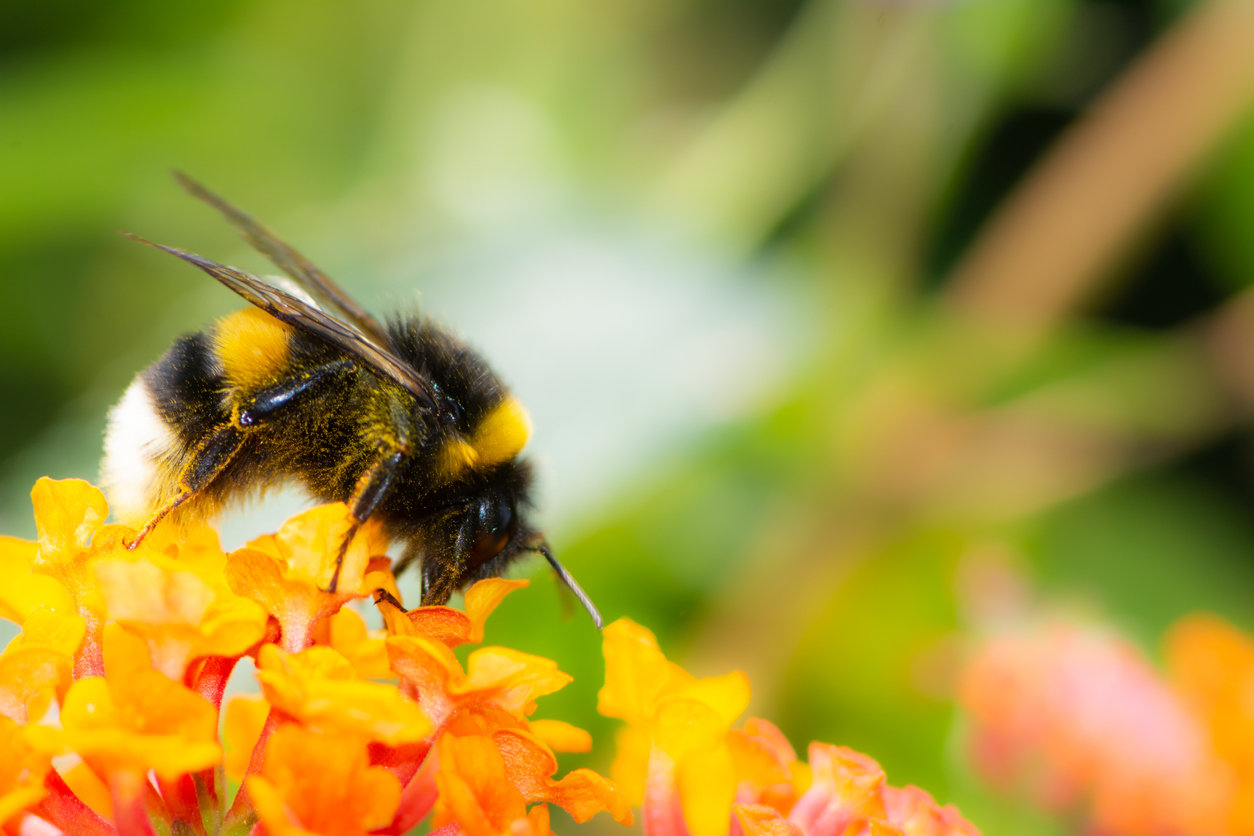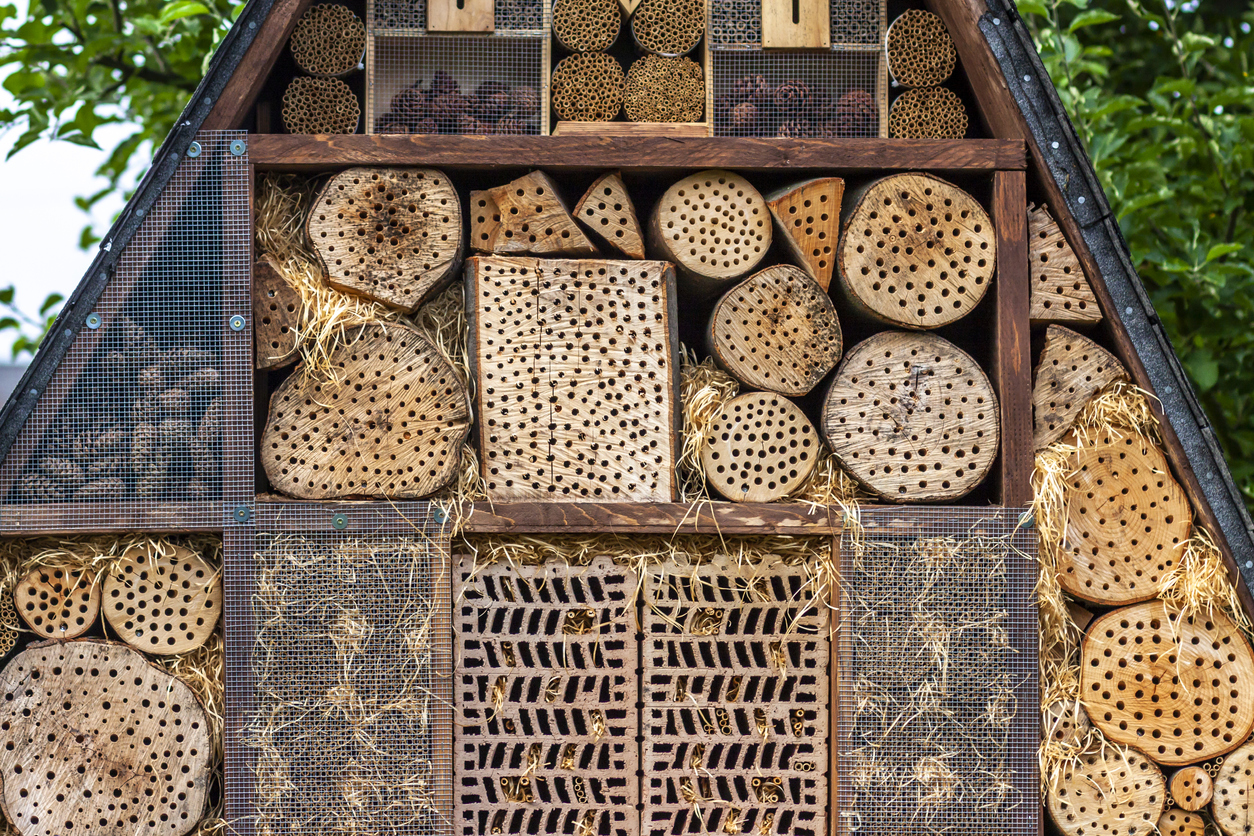Build a Backyard Bug Dream Home
Not all bugs are bad. Some even help our gardens grow.
So how do you get these beneficial buggers to call your yard ‘Home Sweet Home’? Build them a dream home worthy of a bug billionaire, of course!
It may be a castle fit for “Lifestyles of the Rich & Slimy,” but building a bug mansion will cost you next to nothing. We’ve got everything you need to know about building a luxury hotel for those adorable, buggy gardeners — ladybugs, ground beetles, bees and lacewings — who spruce up your backyard and keep the bad buggers away.
Beneficial Garden Bugs
Before we get to building, let’s talk about the types of bugs we want to see more of in our gardens. Aphid midges sound gross, but they feed on more than 60 species of plant-munching aphids. Meanwhile, ground beetles keep your flowers safe from slugs, snails, cutworms and maggots.
Lacewings dine on harmful aphids, caterpillars, mealybugs and white flies, and adorably spotted lady bugs keep your garden safe from aphids, mites and mealybugs. Last but not least, who could forget the bees? These striped fliers pollinate your garden and keep it growing year after year.

A Garden of Delights
You could build the most beautiful backyard bug oasis,but it won’t sell out unless you fill your garden with some of these little guys’ favorite foods.
To convince beneficial buggers to take up permanent residence at your backyard resort, plant clover, dill, dwarf morning glory, evening primrose, fennel, lavender, Queen Anne’s lace, tansy and yarrow.

Begin Bug Building
- Choose a spot directly on the ground, near the edge of your garden, protected from wind and surrounded by shrubs and foliage.
- Create two opposing walls using a layer of bricks, cinder blocks or paving stones. It’s important to leave the front and back of your bug house open for maximum bug mobility.
- Once your walls are up, fill the space between with a thick layer of pinecones. Fill in any gaps with loose hay and cover the entire layer with a plywood shelf cut to fit your structure.
- Create another two-sided stone layer on top of the plywood shelf, fill it with things like broken terracotta pots or tiles, and cover with another plywood shelf.
- Build up a third layer of stone, fill the space with cut twigs and logs, and cover with another piece of plywood.
- Build a fourth layer, fill it with slate chips or rolled cardboard, and cover with plywood.
- Create a fifth layer and fill it with more sticks, twigs and bamboo.
- On top of the structure, build a permanent roof that guards against rain, using a large stone tile or a heavy square planter.
- Fill the roof planter with dirt, sew with wildflower seeds and wait for the bugs to move in.

The Benefits of Bug Hotels
Helpful buggers love hiding in the nooks and crannies of these little haunts to lay eggs, seek shelter and sleep off their latest snacks.
And best of all, since different types of bugs have different preferences, you can furnish your bug hotel with a wide variety of recycled materials — rotting logs, old bottles, old shelves, old pipes, sticks and yard debris, rolled up cardboard, plywood drilled with little holes, old pallets and more. The key is to create lots of little nooks, holes and gaps that look extra inviting to your buggy guests.
While you’d love your beneficial bugs to stay all summer long, we know other critters aren’t as welcome at your backyard barbeque. If you spot a stubborn bugger that’s overstayed its welcome, call the experts and we’ll send your pests packing for good.






 YouTube
YouTube Facebook
Facebook Twitter
Twitter